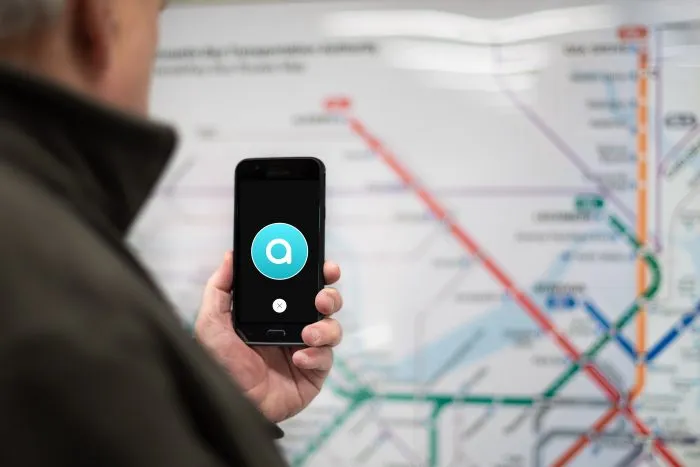Swarco Traffic has launched Profectus, a new system that allows local authorities to monitor and control the performance of school signs and help improve safety.
From a simple web browser interface, users can monitor when a sign is operating, check faults and change configuration for the master and slave signs. Fault notifications including failed LED displays can be sent via SMS or email, to reduce the possibility of a failed sign going unnoticed and potentially putting children at risk, Profectus also allows for energy consumption to be evaluated.
Users can also create bespoke timetables for when and how the signs are used, and the messaged displayed. Users can therefore accommodate ‘special days’, sending different messages or alerts at weekends and other off-peak times.
SMS secure message control provides control and monitoring facilities accessible from the local school to override normal operation.








